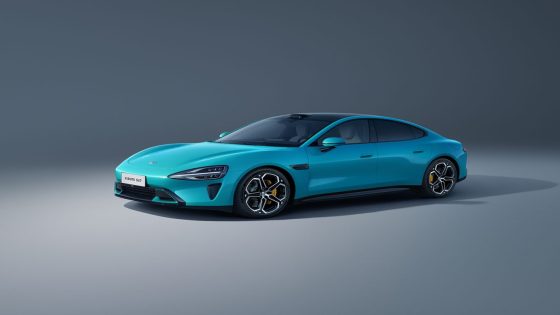Xiaomi unveils SU7 electric car, to rival Tesla, BYD and others: Price, variants and everything else you need to know،
Xiaomi has finally unveiled its highly anticipated electric car – the Speed Ultra 7 aka SU7 – in China. This announcement comes almost a week after Lei Jun, founder and CEO of the popular smartphone brand, teased the vehicle by saying that the first Xiaomi car should be “the most beautiful, easiest to drive and smartest car “.
The SU7 marks Xiaomi's entry into the electric car space and the car itself is likely to rival Tesla and China's Build Your Dreams (BYD).
Xiaomi SU7: Price and variants
Xiaomi's first electric car comes in three variants: SU7 Standard, SU7 Pro and SU7 Max. The base variant – SU7 Standard starts at 215,900 yuan (Rs 22,34,000 approx). The SU7 Pro is priced at 245,900 yuan (Rs 28,86,000 approx) and the SU7 Max costs 299,900 yuan (Rs 35,20,634 approx).
Apart from this, there is a limited edition of the SU7, which comes with additional features, better battery capacity and better battery life.
Xiaomi SU7: battery, autonomy and other details
Xiaomi offers two battery options with SU7. The entry-level model comes with a 73.6 kWh pack and the higher models – the SU7 Pro and SU7 Max – come with a rather larger battery pack – 101 kWh. Apart from this, Xiaomi is also planning to integrate an even bigger battery – 150 kWh next year.
The SU7's existing batteries are designed to offer a range of up to 700 km, while the 150 kWh battery is said to offer a range of 1,200 km.
Xiaomi SU7: engine and performance details
Xiaomi's SU7 also supports super-fast charging with the new 486V and 871V architectures. The company claims that the car can be charged to deliver a range of 350km and 510km respectively in just 15 minutes of charging.
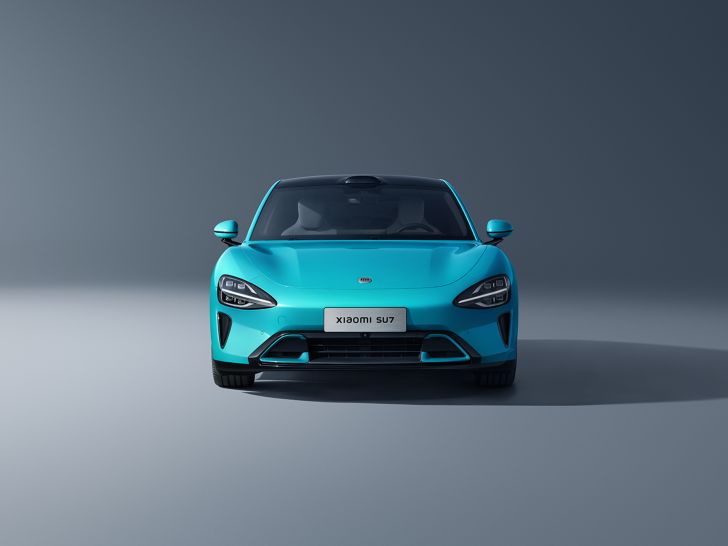
Xiaomi presented its independently developed and manufactured electric motors – the HyperEngine V6, V6 and V8. These electric motors use technologies such as full bi-directional oil cooling, S-shaped oil circuit design and offset silicon steel sheets.
The HyperEngine V8 sets a new world record with a maximum speed of 27,200 rpm, an output of 425 kW and a maximum torque of 635 N·m. It uses 960 MPa ultra high tensile strength silicon steel plates. Full bi-directional oil cooling and S-shaped oil circuit designs provide superior cooling, with cooling effects of up to 20°C and 30°C for the stator and rotor respectively. The offset stator plates increase the heat dissipation surface by 7%.
The HyperEngine V6/V6 achieves an industry-leading 21,000 rpm. The V6 has a maximum power of 299 hp and a maximum torque of 400 Nm, while the V6 offers 374 hp and 500 Nm.
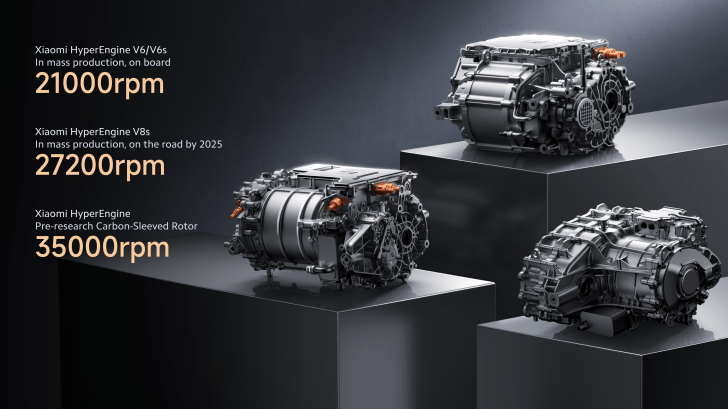
Xiaomi plans to mass produce the HyperEngine V8s and implement them in their electric vehicles starting in 2025.
Additionally, the SU7 Max can reach a top speed of 265 KM/h and accelerate from 0 to 100 in just 2.78 seconds. Additionally, the rated range is 810 km on a single charge.
Apart from that, the Founders Limited Edition with dual-motor and four-wheel drive setup offers around 986 hp and can accelerate to 100 in less than 2 seconds.
Xiaomi SU7: Dimensions, features and more
The Xiaomi SU7 is a four-door full-size sedan measuring 4,997 mm in length, 1,963 mm in width and 1,455 mm in height. It runs on 19-inch Michelin alloy wheels as standard on all variants.
Xiaomi has also integrated an Advanced Driver Assistance System (ADAS) with Xiaomi Pilot Pro and Xiaomi Pilot Max. Additionally, the company is expected to start testing the City NOA pilot-assisted driving feature in April and will be available by May in 10 cities.
Xiaomi's intelligent autonomous driving system is based on three key technologies: Adaptive BEV technology, fundamental road mapping model and Super-Res occupancy network technology.
Adaptive BEV technology uses various scenario-based perception algorithms, providing accurate recognition ranging from 5 cm to 250 m, ensuring improved visibility in urban, high-speed and parking scenarios.
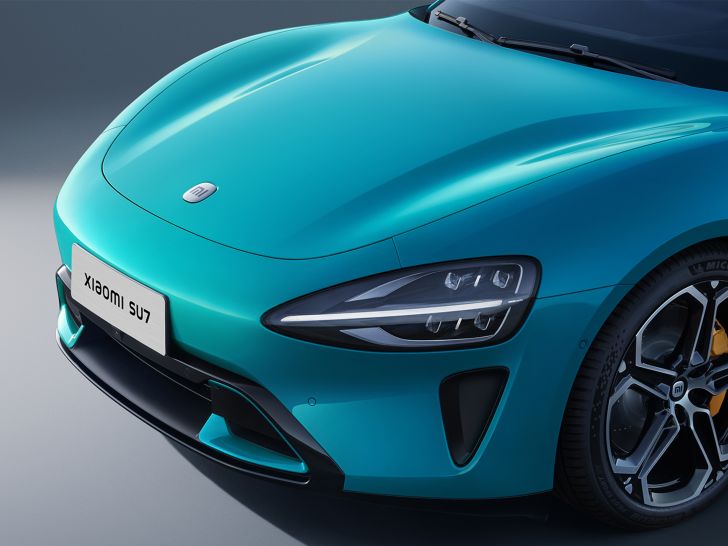
The fundamental road mapping model enables real-time perception of road conditions and smooth navigation through complex intersections without high-definition maps, using learning of various driving scenarios and habits.
Super-Res Occupancy Network technology improves obstacle recognition by simulating objects as continuous curved surfaces, achieving remarkable accuracy of up to 0.1 m.
Apart from this, Xiaomi's end-to-end detection and decision-making AI model facilitates automated parking in difficult scenarios. The car is also equipped with leading hardware configurations, including NVIDIA Orin chips, LiDAR, high-definition cameras and radars to facilitate Xiaomi's autonomous driving system in SU7.
Xiaomi SU7: interior features and AI
Xiaomi has also equipped the car with tons of smart features called Xiaomi EV Smart Cabin setup. It comes with a 16.1-inch 3K center console, a 56-inch head-up display (HUD), a 7.1-inch rotating instrument panel, and two backrest extension brackets that allow rear passengers to ride two tables.
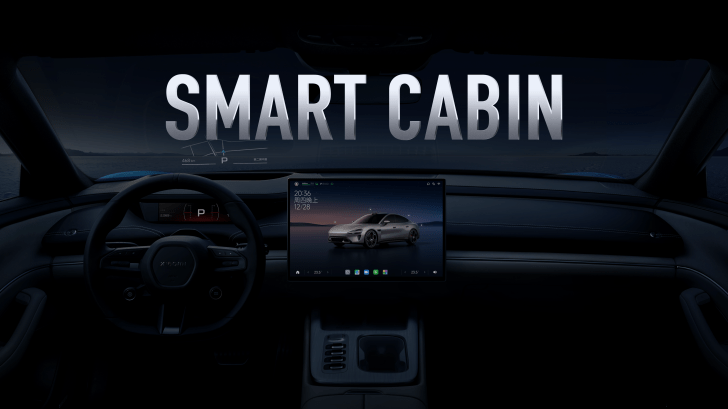
The car is powered by the onboard Snapdragon 8295 chip with AI computing power of up to 30 TOPS.
The entire system runs Xiaomi's new vehicle operating system that claims to offer a tablet-like experience and seamless cross-device connection – between smartphones and the electric vehicle.
Xiaomi's embedded operating system seamlessly integrates consumer and Xiaomi tablet applications, with compatibility with more than 5,000 applications. Smartphones can be easily pinned to the console, while the SU7 supports integration with over 1,000 Xiaomi smart home devices, providing effortless access and automation. The car interior has expansion connections for plug-and-play functionality.
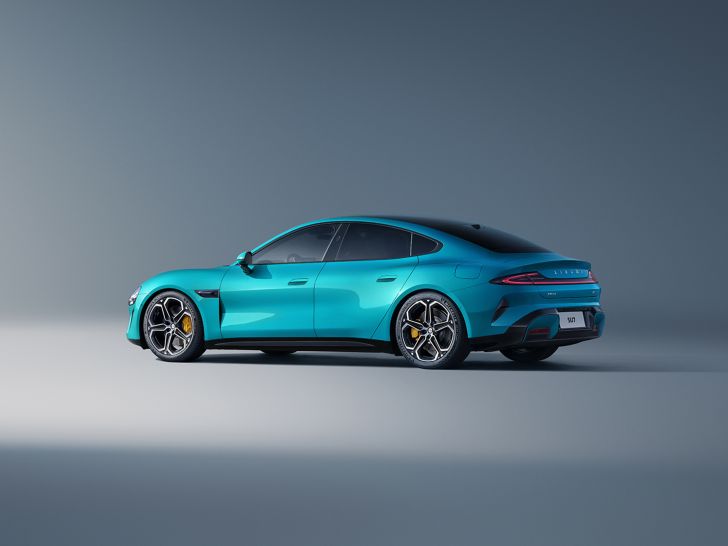
Additionally, Xiaomi announced the shift from “Smartphone x AIoT” to “Human x Car x Home” smart ecosystem, focusing on seamless connectivity between people, cars and homes. With Xiaomi EV, this ecosystem integrates more than 200 product categories, leveraging AI for proactive solutions. The company aims for inclusiveness, collaboration and long-term commitment in the automotive industry.


